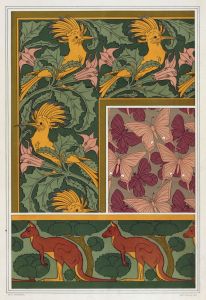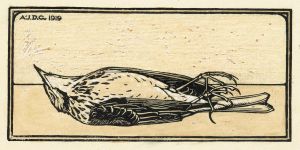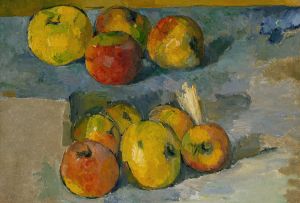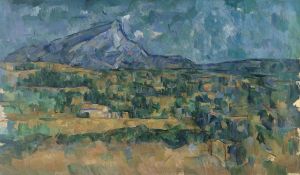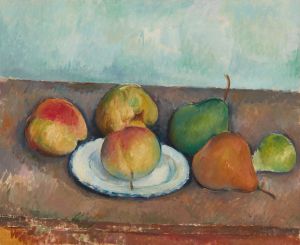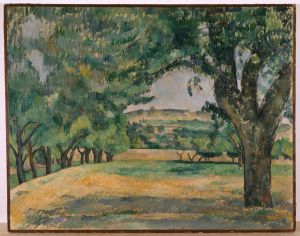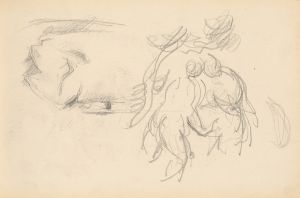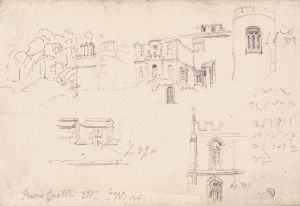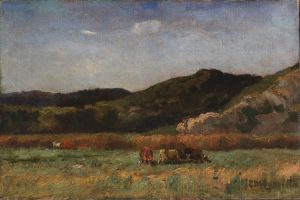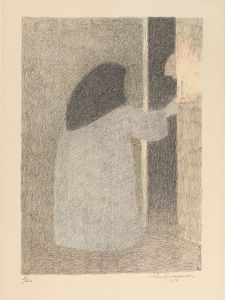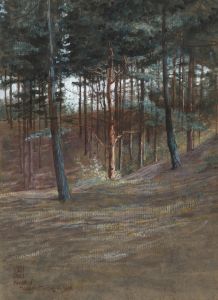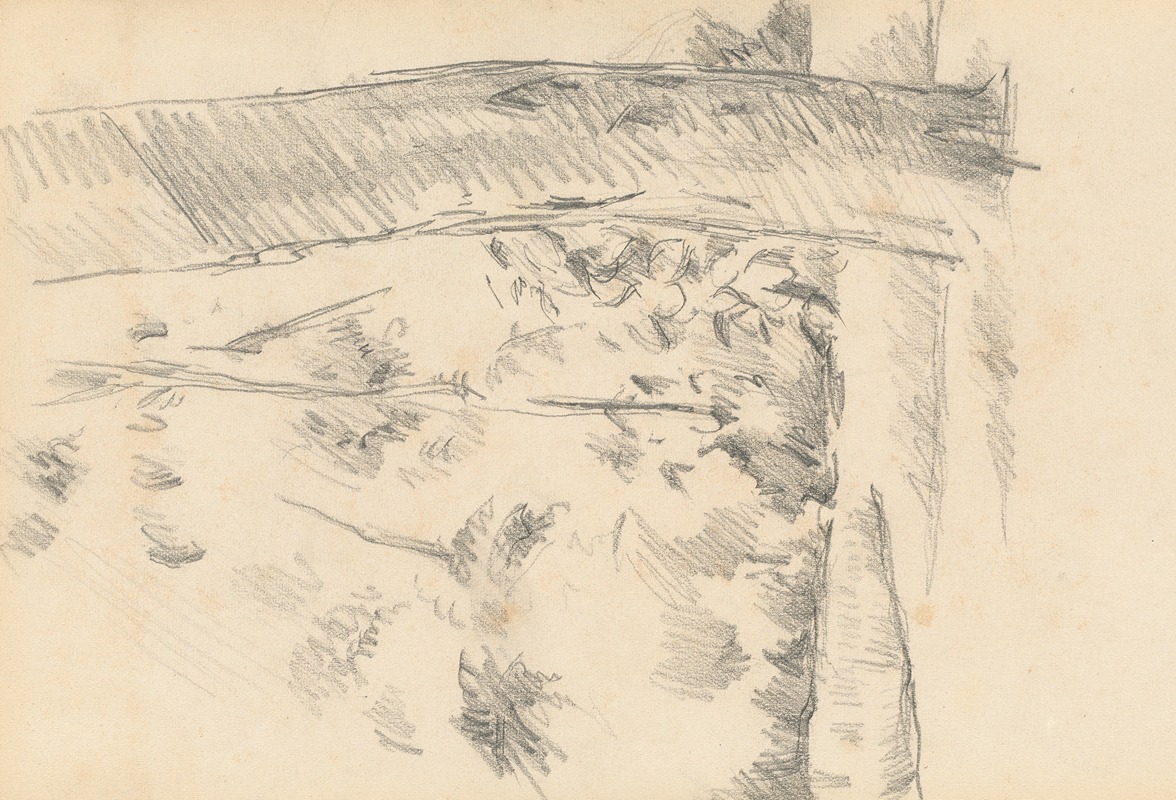
Trees and Shrubs
A hand-painted replica of Paul Cézanne’s masterpiece Trees and Shrubs, meticulously crafted by professional artists to capture the true essence of the original. Each piece is created with museum-quality canvas and rare mineral pigments, carefully painted by experienced artists with delicate brushstrokes and rich, layered colors to perfectly recreate the texture of the original artwork. Unlike machine-printed reproductions, this hand-painted version brings the painting to life, infused with the artist’s emotions and skill in every stroke. Whether for personal collection or home decoration, it instantly elevates the artistic atmosphere of any space.
Paul Cézanne, a pivotal figure in the transition from 19th-century Impressionism to 20th-century Cubism, is renowned for his unique approach to painting landscapes, still lifes, and figures. One of his works, "Trees and Shrubs," exemplifies his innovative style and his deep engagement with the natural world.
"Trees and Shrubs" is a landscape painting that reflects Cézanne's fascination with the natural environment and his desire to capture its essence through a distinctive use of color, form, and perspective. While specific details about the creation date and current location of "Trees and Shrubs" are not widely documented, the painting is often associated with Cézanne's mature period, during which he focused intensely on the landscapes of Provence, the region in southern France where he spent much of his life.
Cézanne's approach to painting landscapes was revolutionary. He sought to depict nature not just as it appeared to the eye, but as it was experienced in reality, with all its complexities and variations. In "Trees and Shrubs," Cézanne employs a palette of greens, blues, and earth tones to convey the lushness and vibrancy of the natural scene. His brushwork is characterized by short, repetitive strokes that build up the surface of the canvas, creating a sense of depth and texture.
One of the defining features of Cézanne's landscapes is his use of geometric forms to structure the composition. In "Trees and Shrubs," the trees are rendered with a solidity and weight that suggest their three-dimensional presence. Cézanne often used geometric shapes such as cylinders, spheres, and cones to simplify natural forms, a technique that would later influence the development of Cubism by artists like Pablo Picasso and Georges Braque.
Cézanne's treatment of light and shadow in "Trees and Shrubs" is also noteworthy. Rather than relying on traditional chiaroscuro techniques to model form, he uses color contrasts to suggest volume and space. This method allows for a more dynamic interaction between the elements of the painting, as the colors seem to vibrate against one another, creating a sense of movement and vitality.
The composition of "Trees and Shrubs" reflects Cézanne's interest in the underlying structure of the landscape. He often arranged elements in his paintings to create a sense of harmony and balance, using the natural forms of trees and shrubs to guide the viewer's eye through the scene. This careful arrangement of forms and colors contributes to the overall sense of unity and coherence in the painting.
Cézanne's work, including "Trees and Shrubs," had a profound impact on the development of modern art. His exploration of form and color laid the groundwork for many of the artistic movements that followed, challenging traditional notions of representation and paving the way for new ways of seeing and interpreting the world.
In summary, "Trees and Shrubs" by Paul Cézanne is a testament to the artist's innovative approach to landscape painting. Through his use of color, form, and composition, Cézanne captures the essence of the natural world, offering viewers a glimpse into his unique vision and his enduring influence on the course of art history.





